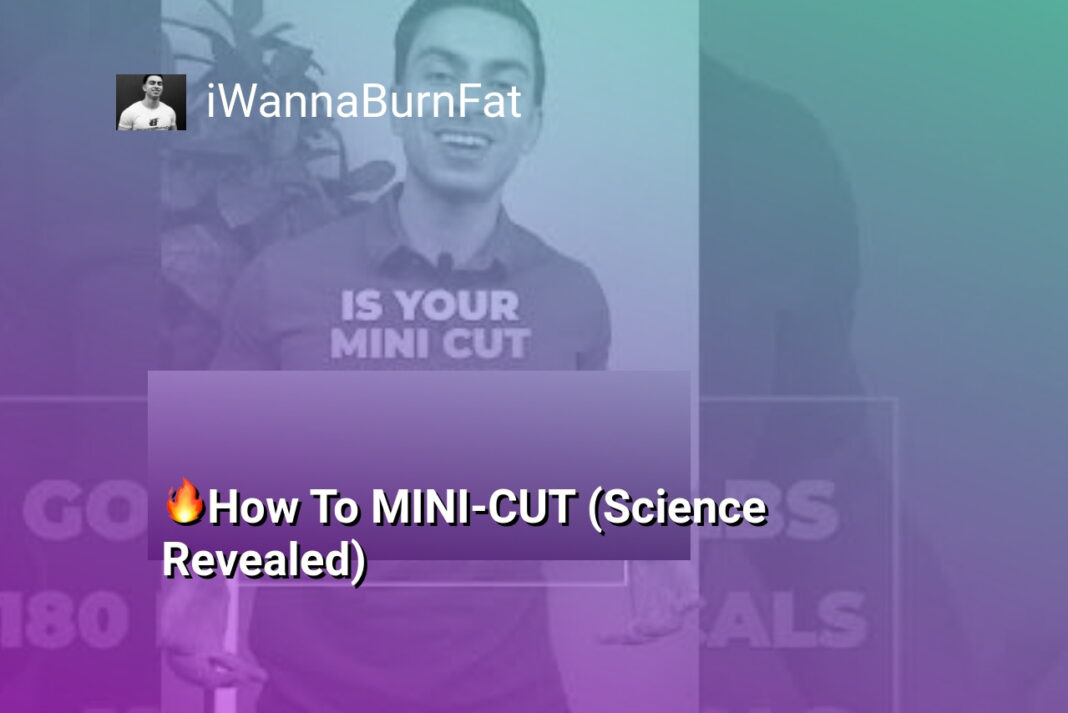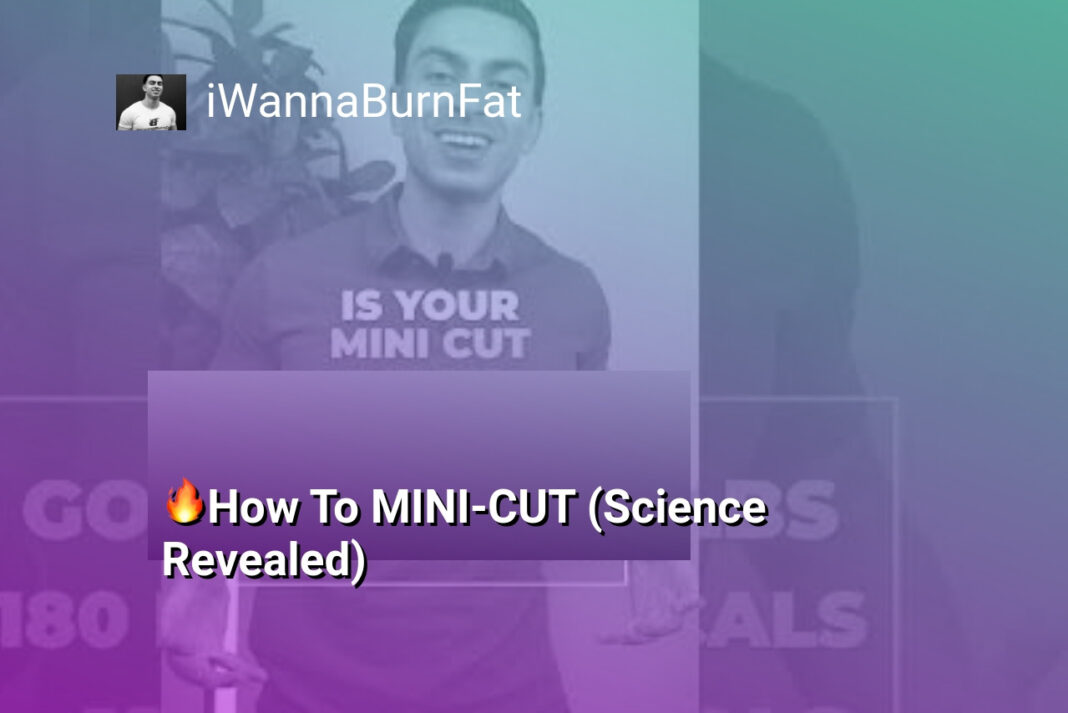The Bottom Line:
- I would follow a “mini-cut” approach to lose fat quickly, which involves a calorie deficit of 10-11 calories per pound of my goal body weight.
- I would ensure I consume at least 0.7 grams of protein per pound of my goal body weight to maintain muscle mass during the fat loss process.
- I would lift weights at least three times per week to maintain muscle while in a calorie deficit, following a simple and effective 3-day full-body routine.
- I would add an extra 30-minute daily walk to boost my calorie burn without overly tiring my body.
- By following this 4-step “mini-cut” approach, I would be able to lose fat quickly and effectively, while preserving my muscle mass, in preparation for my summer trip.
Calorie Intake: The Sweet Spot
Maximizing Calorie Intake for Rapid Fat Loss
Achieving rapid fat loss requires a delicate balance of calorie intake. The key is to find the “sweet spot” – a calorie target that is low enough to facilitate fat loss, but not so low that it compromises muscle retention or overall health. This section will guide you through the process of determining your optimal calorie intake for your mini-cut.
Calculating Your Calorie Target
To determine your calorie target, start by taking your goal body weight and multiplying it by 10 to 11 calories. For example, if your goal weight is 180 pounds, your calorie target should fall between 1,800 to 2,000 calories per day. This calorie range is designed to create a moderate calorie deficit, allowing for rapid fat loss without excessive muscle loss.
Prioritizing Protein Intake
Maintaining a high protein intake is crucial during a mini-cut. To ensure you’re getting enough protein, take your goal body weight in pounds and multiply it by 0.7. For a 180-pound goal weight, this equates to a minimum of 126 grams of protein per day. Prioritizing protein will help preserve your hard-earned muscle mass as you shed fat.
Remember, the training you perform during your mini-cut should be focused on maintaining muscle, not necessarily building it. By lifting weights at least three times per week, you can help retain your existing muscle while in a calorie deficit.
Finally, consider incorporating an additional 30-minute daily walk to boost your overall calorie burn without overly fatiguing your body. This low-intensity cardio can provide a subtle yet effective boost to your fat-burning efforts.
By following these guidelines and finding the right calorie and protein balance, you’ll be well on your way to achieving rapid fat loss and a summer-ready physique.
Protein Power: Fuel for Muscle Maintenance
Maximizing Muscle Retention: The Protein Advantage
Protein plays a crucial role in maintaining muscle mass during a rapid fat loss phase. When you’re in a calorie deficit, your body may start breaking down muscle tissue for energy, which can lead to undesirable muscle loss. However, by ensuring a sufficient intake of high-quality protein, you can help preserve your hard-earned muscle while shedding excess fat.
The Protein Prescription: Tailoring Your Intake
To optimize your protein intake for muscle maintenance, a good rule of thumb is to consume 0.7 grams of protein per pound of your target body weight. For example, if your goal weight is 180 pounds, you should aim for at least 126 grams of protein per day. This targeted protein intake will help your body maintain and even build muscle mass, even in a calorie-restricted state.
Lifting for Lean Muscle Preservation
Incorporating regular strength training into your routine is crucial during a rapid fat loss phase. By continuing to lift weights at least three times per week, you can signal to your body to prioritize maintaining and even building muscle, rather than breaking it down for energy. The training program you typically use to build muscle can be adapted to help you maintain your hard-earned physique while you’re in a calorie deficit.
Lift to Maintain: The Importance of Strength Training
Preserving Muscle: The Role of Strength Training
Maintaining muscle mass is crucial during a rapid fat loss phase, as it not only contributes to a toned and defined physique but also helps to support a healthy metabolism. Strength training plays a vital role in this process, as it stimulates the muscles to adapt and maintain their size and strength, even in the face of a calorie deficit.
Muscle Maintenance: The Key to Sustainable Fat Loss
When you’re in a calorie deficit, your body may attempt to burn both fat and muscle for energy. However, by incorporating regular strength training into your routine, you can signal to your body that it’s important to preserve your hard-earned muscle mass. This not only ensures that you maintain a toned and athletic appearance but also helps to keep your metabolism elevated, making it easier to continue losing fat in a sustainable manner.
Optimizing Your Strength Training Routine
To maximize the benefits of strength training during your mini-cut, it’s important to focus on compound exercises that engage multiple muscle groups simultaneously. This could include exercises such as squats, deadlifts, bench presses, and pull-ups. By challenging your body with these multi-joint movements, you’ll be able to stimulate a greater overall muscle response, leading to better muscle maintenance and a more efficient fat-burning process.
Remember, the training you perform during your mini-cut is not about building significant muscle mass, but rather about preserving the muscle you’ve already developed. By prioritizing strength training and maintaining a balanced, nutrient-dense diet, you’ll be well on your way to achieving your summer shred goals while keeping your hard-earned muscle intact.
Boost Burn: Daily Walking for Extra Calorie Deficit
Embrace the Power of Walking: Maximizing Calorie Deficit
Incorporating a daily walking routine into your fat loss journey can be a game-changer. By dedicating just 30 minutes to a brisk walk, you can significantly boost your calorie burn without taxing your body or disrupting your recovery from your strength training sessions.
Unlock the Benefits of Increased Activity
The beauty of adding a daily walk to your mini-cut plan lies in its simplicity and effectiveness. Unlike more intense forms of cardio, walking is a low-impact activity that can be easily integrated into your daily routine without causing undue fatigue or interfering with your muscle-building efforts in the gym. By increasing your overall daily energy expenditure through this additional activity, you can create a more substantial calorie deficit, leading to accelerated fat loss.
Optimizing Your Walking Routine
To maximize the benefits of your daily walking, aim to maintain a brisk pace that elevates your heart rate but still allows you to maintain a comfortable conversation. This moderate-intensity approach ensures that you’re burning a meaningful number of calories without overexerting yourself. Additionally, consider incorporating some incline or hill work into your walks to further challenge your body and increase the caloric burn.
Remember, the key is to make your daily walking a consistent habit. Consistency is crucial for sustained fat loss, so strive to incorporate your 30-minute walk into your daily routine, whether it’s first thing in the morning, during your lunch break, or in the evening. By making this a non-negotiable part of your mini-cut plan, you’ll be well on your way to achieving your summer shred goals.
Putting It All Together: The Effective 4-Step Mini-Cut
Optimizing Calorie Intake for Rapid Fat Loss
To kickstart your mini-cut, it’s crucial to establish the right calorie intake. Based on the provided context, if your goal weight is 180 lb, your calorie target should fall between 1,800 to 2,000 calories per day. This range is calculated by taking your target body weight and multiplying it by 10 to 11 calories. By adhering to this calorie target, you can create a calorie deficit that will facilitate rapid fat loss without compromising your muscle mass.
Prioritizing Protein Intake for Muscle Preservation
Maintaining muscle mass is essential during a mini-cut, and this can be achieved by ensuring adequate protein intake. Based on the provided context, if your target body weight is 180 lb, you should aim for at least 126 g of protein per day. This is calculated by taking your target body weight in pounds and multiplying it by 0.7. Consuming this amount of protein will help you preserve your hard-earned muscle while you’re in a calorie deficit.
Incorporating Strength Training for Muscle Maintenance
To complement your calorie and protein intake, it’s crucial to incorporate strength training into your routine. As mentioned in the context, you should aim to lift weights at least three times per week. The training you perform to build muscle will also help you maintain your muscle mass as you lose fat during the mini-cut. By following a simple, effective 3-day full-body routine, you can ensure that your body is primed for muscle preservation.
Boosting Calorie Burn with Daily Walks
In addition to your strength training, the final step in your mini-cut is to incorporate daily 30-minute walks. This extra activity will help boost your daily calorie burn without overly fatiguing your body. By adding this low-intensity cardio to your routine, you can further accelerate your fat loss without compromising your energy levels or recovery.





